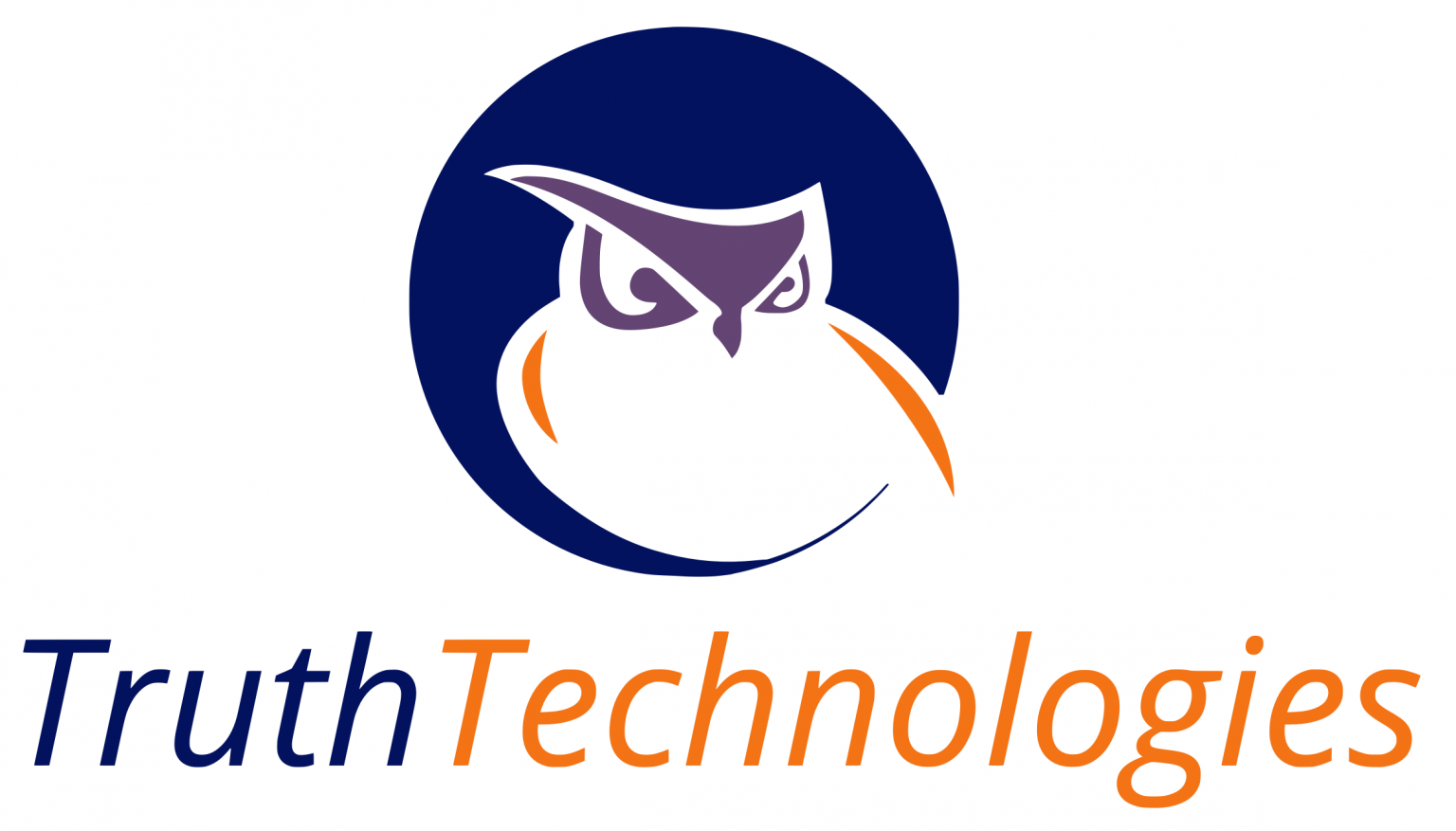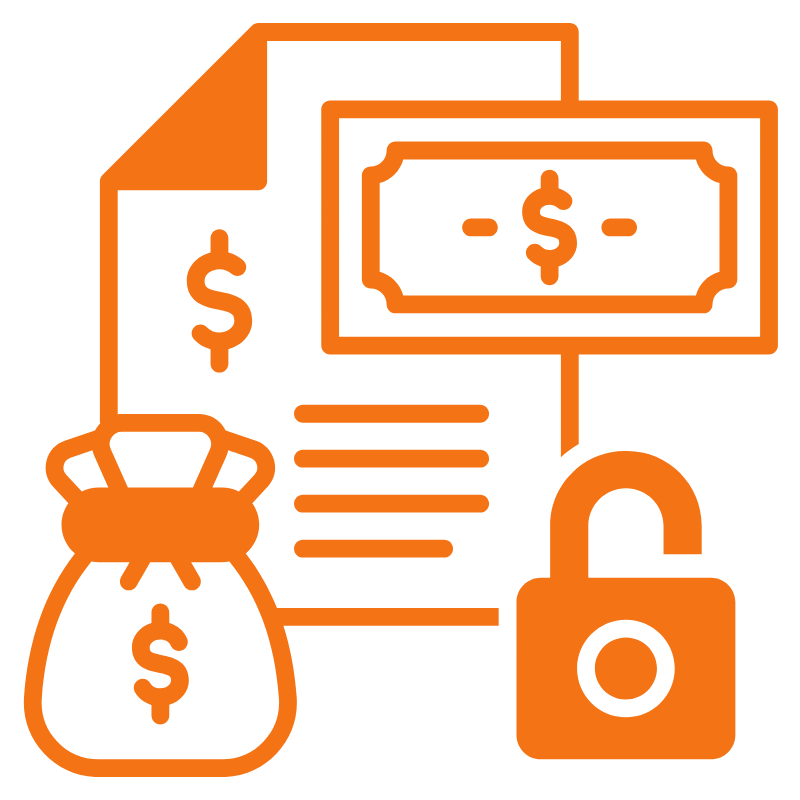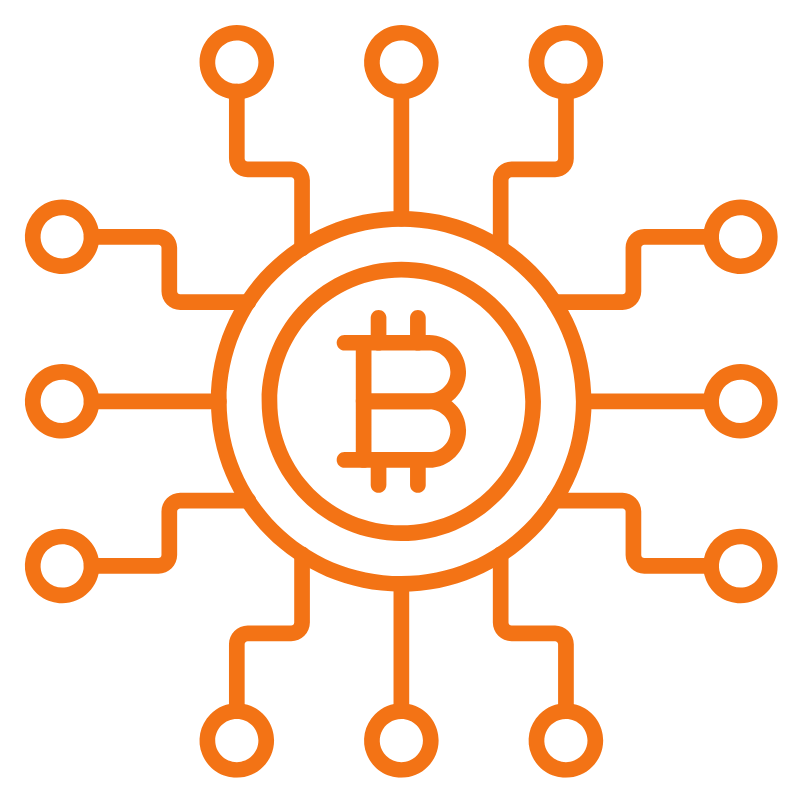Red Flags for Money Laundering in Financial Institutions
There are a few red flags in banks that might indicate money laundering is taking place. These include:
- There is an unexplained, large investment from a third-party that isn’t connected to any other institution
- A large cash deposit was made that is not consistent with the socioeconomic status of the person involved
- It is challenging to figure out who carries out what role in a business that has an account with the bank
- The business is incredibly successful operating in high-risk countries
- The business operates mostly through cash transactions
If money laundering is taking place, there are steps the financial institution can take to protect itself.



















